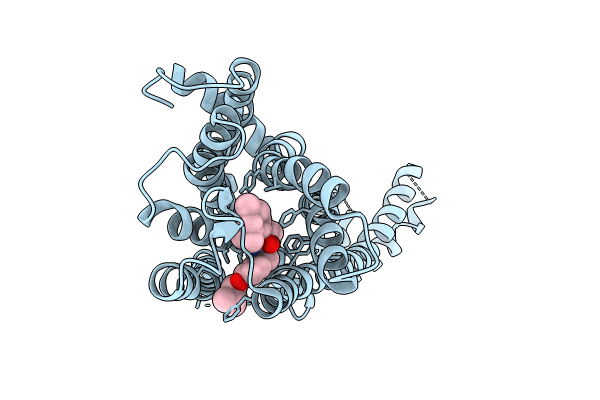
Deposition Date
2024-05-23
Release Date
2024-08-28
Last Version Date
2024-10-16
Entry Detail
PDB ID:
8ZMF
Keywords:
Title:
Crystal structure of an inverse agonist antipsychotic drug derivative-bound 5-HT2C
Biological Source:
Source Organism:
Homo sapiens (Taxon ID: 9606)
Escherichia coli (Taxon ID: 562)
Escherichia coli (Taxon ID: 562)
Host Organism:
Method Details:
Experimental Method:
Resolution:
3.60 Å
R-Value Free:
0.28
R-Value Work:
0.26
R-Value Observed:
0.26
Space Group:
C 2 2 2


